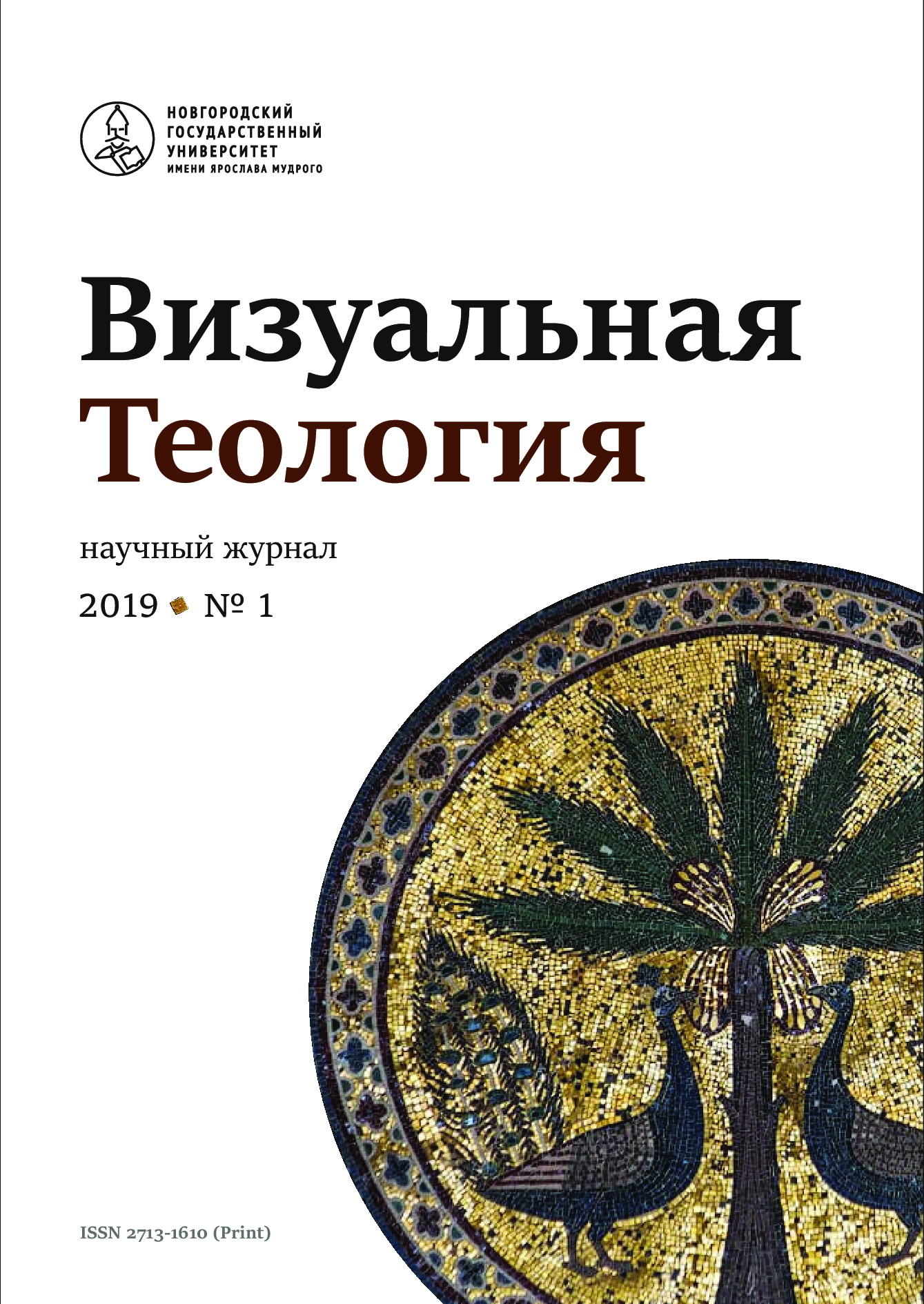On Visual Theology
Abstract
The paper explores fundamental premises and boundaries of visual theology as a specific cognitive program and an academic field. The concept of ‘theology’ is explained as rational reflection on the content of religious experience. The values of vision and visualization in the context of the theological discourse are spelled out. I argue that the subject area of visual theology encompasses: (1) visual segments of the doctrine, such as assertions about things being visible or invisible as well as ‘optical’ statements of faith; (2) visual forms of presentation and organization of religious experience; (3) visual forms and practices that help to articulate theological knowledge. Since the Holy Scripture is the foundation of theology in general, the fundamentals of visual theology are found in the Bible. I show how the Scripture poses and resolves cardinal questions appertaining to the interrelation of vision with being, with knowledge and with religious communication as well as with sacred imagery manifesting the invisible world and God Himself via the New Testament. I argue that the foundations of visual theology as well as the principles of sacred architecture, of the organization of sacred spaces and of the liturgical and sacramental symbolism are found in the Scripture. In the context of the Incarnation, visual aspects of religious culture receive additional justification and assume an elevated semantic status.



